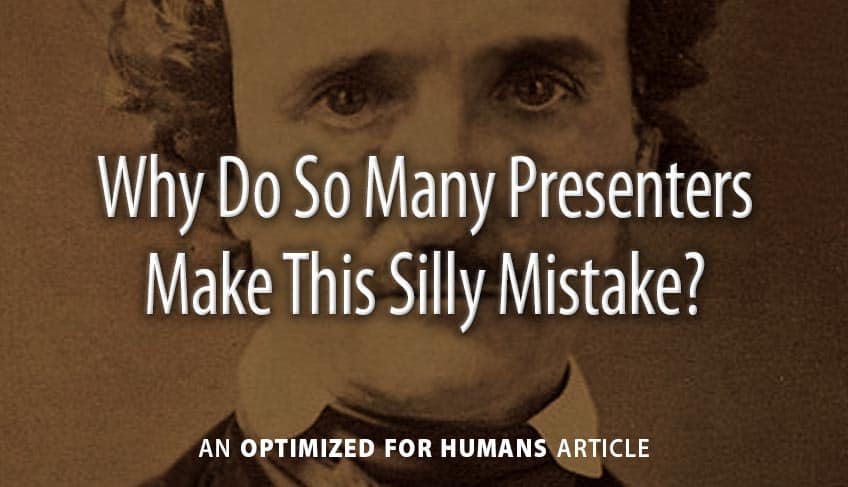
B Y T O M T O R T O R I C I
Before we address the question above, let me tell you about Edgar Allen Poe.
Well, this post isn’t really about Poe. It’s about an era when radio offered a wider scope of content than it does now. I was a teenager at the time, and the FM radio in my bedroom was about to present a reading of one of Poe’s stories.
I don’t remember now which one it was. But at the time, it was part of a Poe collection sitting on my bookshelf. I now took it down, and began following along as the reader on the radio began Poe’s suspenseful tale.
Holy … cow.
As I sat there absorbing the narrative through two different senses – eyes and ears – the experience was powerfully immersive. I was engulfed in a world thick with atmosphere and emotional resonance.
I knew Poe was a skilled storyteller from previous readings. But this double-input experience carved into the core of me. Family members found me unusually quiet and pensive for the next few hours.
Fast forward a few decades, as I sit watching a presentation at an industry conference.
The speaker clicked to the next slide. But instead of reading the text on the slide, they used different words to address the same point. I found my attention being split, between what the speaker was saying and what they were showing.
The two different messages coming in simultaneously through two senses was oddly disconcerting. I felt a subtle twinge of anxiety trying to decide which to concentrate on. And by cancelling each other out, neither the spoken nor written words were captured for my mind to process or remember.
I only hope the presenter’s point wasn’t some earth-shattering revelation that would have changed my life … because it’s lost forever.
But hope is not lost, as I settle into my next session on the conference schedule.
Maybe I noticed it because I was already sensitized to it. But this speaker had already figured out what I was just now realizing.
When they flipped to the next slide, they read out loud the exact words that were shown. This coordinated communication was so much more meaningful. I was absorbed, and knew I would remember the point being made.
After conveying each core concept through both written and spoken words, the presenter verbally offered supporting rationale and details. These were easy to follow since the foundational idea was already well planted.
Some slides showed examples, and though the speaker didn’t verbalize those, at least they had the good sense to shaddup while the rest of us read and absorbed them.
Anyway, as I got up to head for the lunch line, I actually thought back to that radio + reading experience from so many years ago … and it all clicked.
Soon I began giving my own talks at conferences and meetups.
And I’m no Edgar Allen, but I had a simple two-pronged coordinated attack for getting my main points across.
Session after session, I won’t swear I never made mistakes. But there were one or two silly mistakes I always knew to avoid.
Because if I’m going to take the time to stand up there yakking, I’m not about to let my audience escape without at least remembering something.
Have you signed up for the Optimized for Humans blog yet? No? Aw, maaaaannn, you don’t know what you’re missing.
Share It:
 About the Author: Tom Tortorici is an Atlanta copywriter and web content writer who helps companies make a genuine connection with their audience. His classes and conference presentations have focused on how writing, strategy and design can work together to grab attention and interest even among readers with short attention spans. In addition to working directly with businesses, Tom regularly partners with web designers and marketing agencies.
About the Author: Tom Tortorici is an Atlanta copywriter and web content writer who helps companies make a genuine connection with their audience. His classes and conference presentations have focused on how writing, strategy and design can work together to grab attention and interest even among readers with short attention spans. In addition to working directly with businesses, Tom regularly partners with web designers and marketing agencies.
All Posts/Subscribe >
Info for Businesses >
Info for Designers/Agencies >
Tom Tortorici Inc. | Tom@TomTortorici.com | 770-934-7861 | 3101 Rockaway Rd | Atlanta GA 30341

